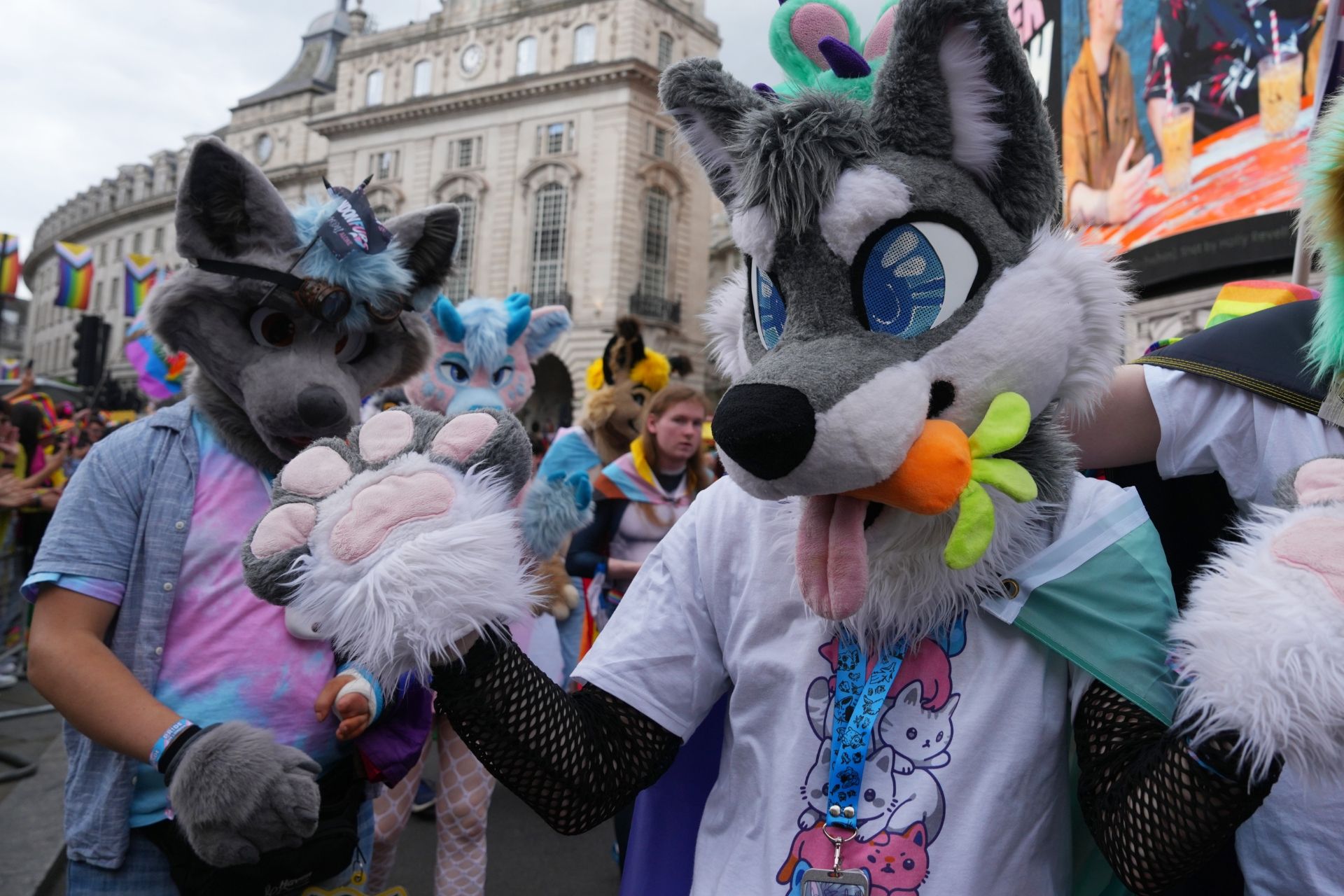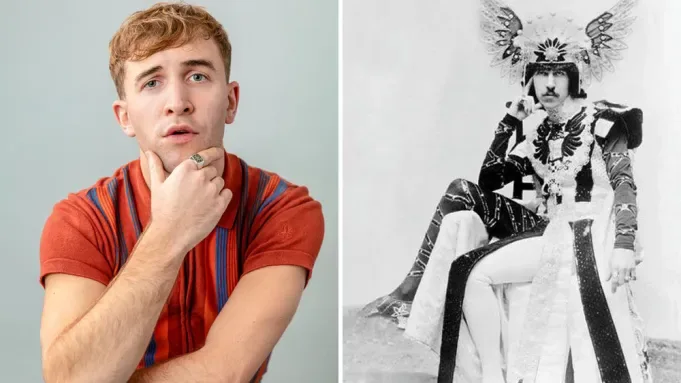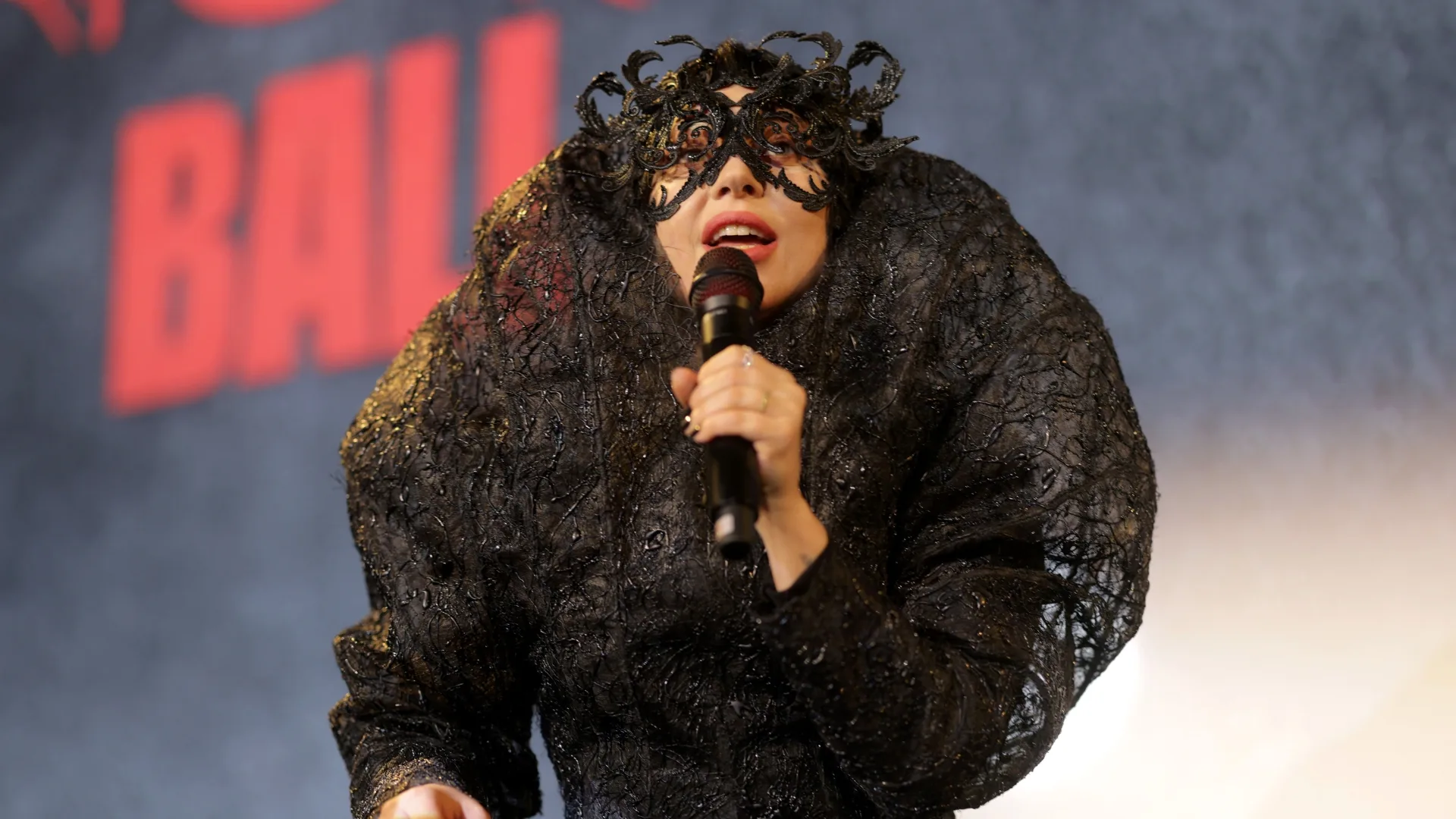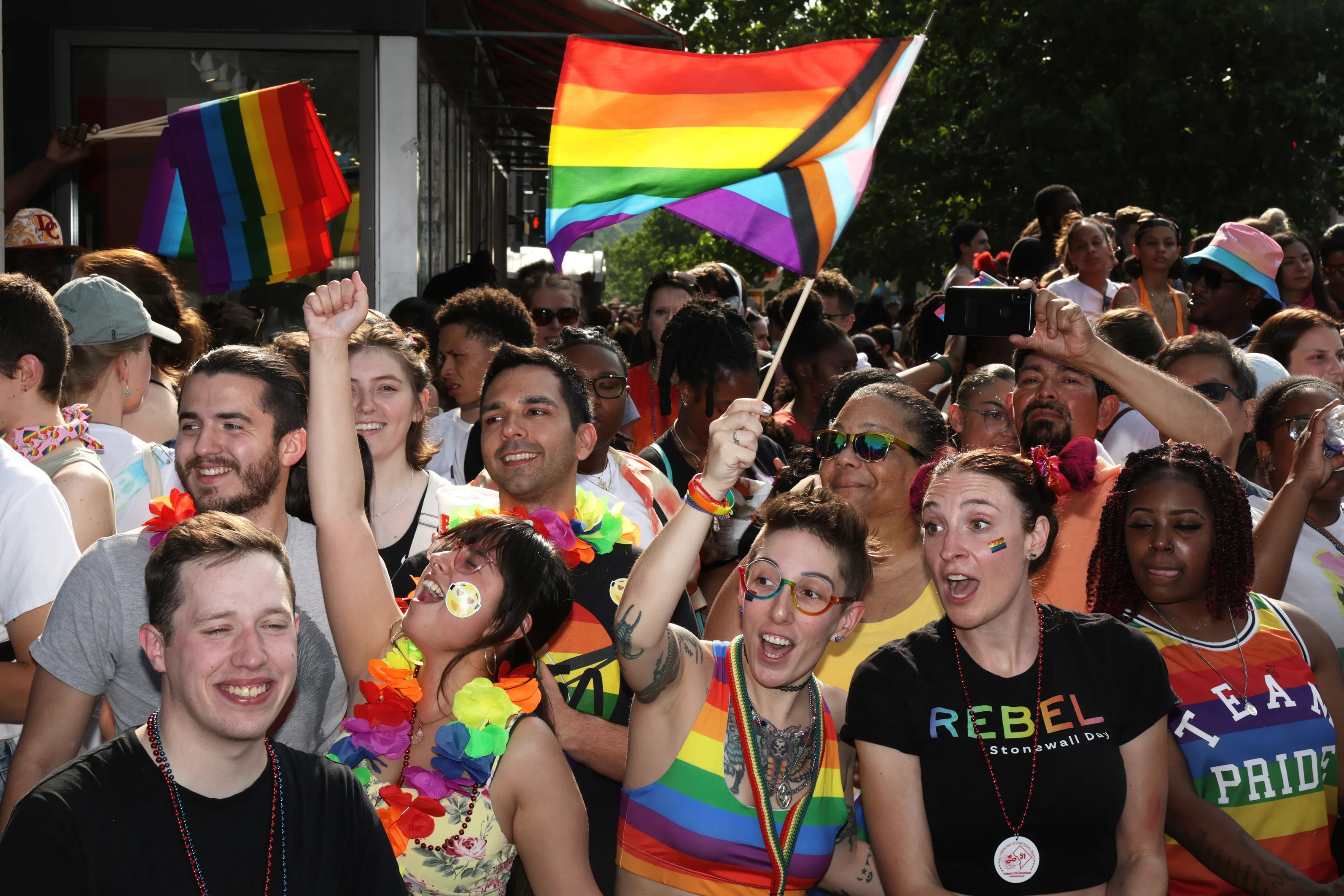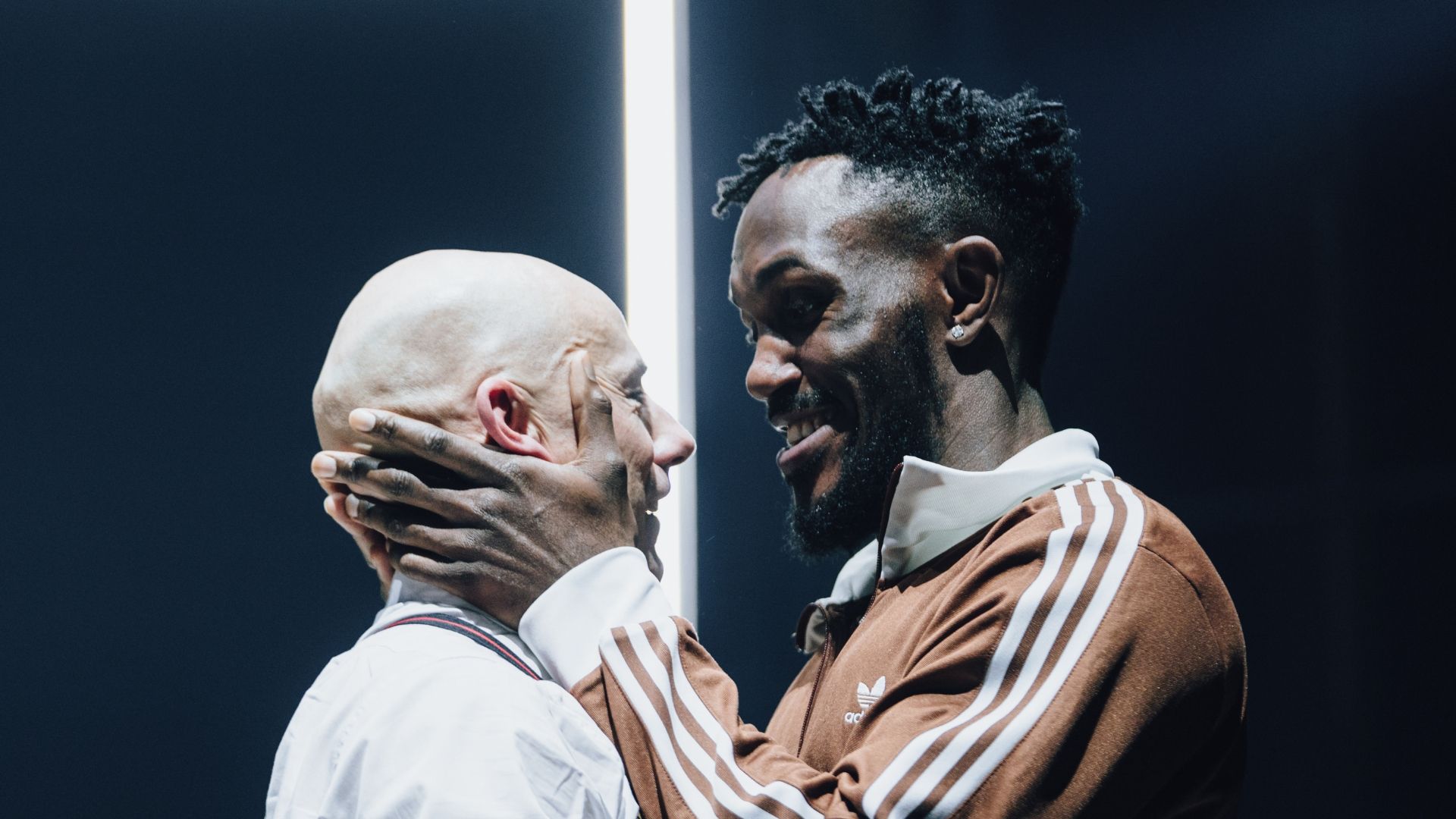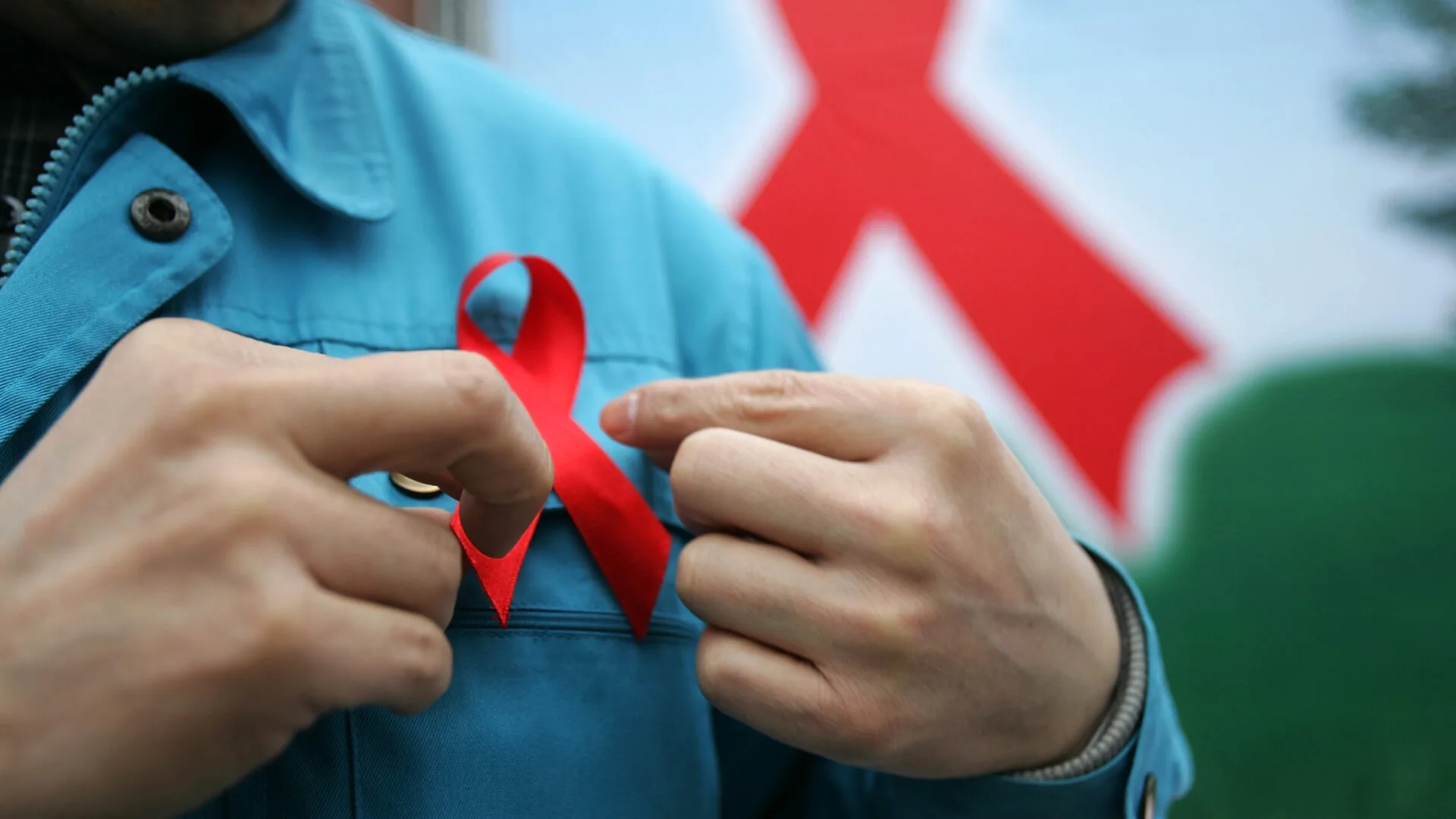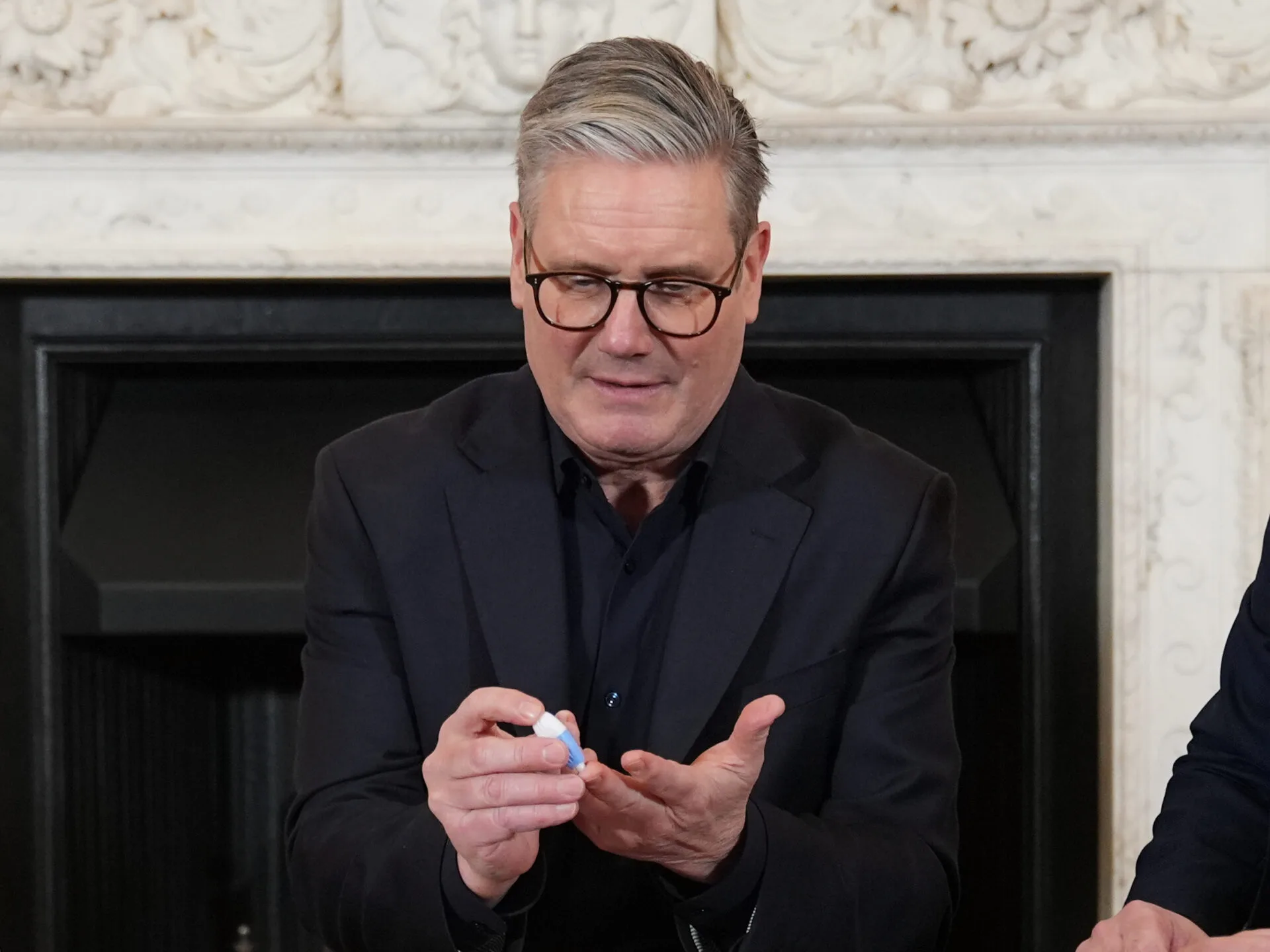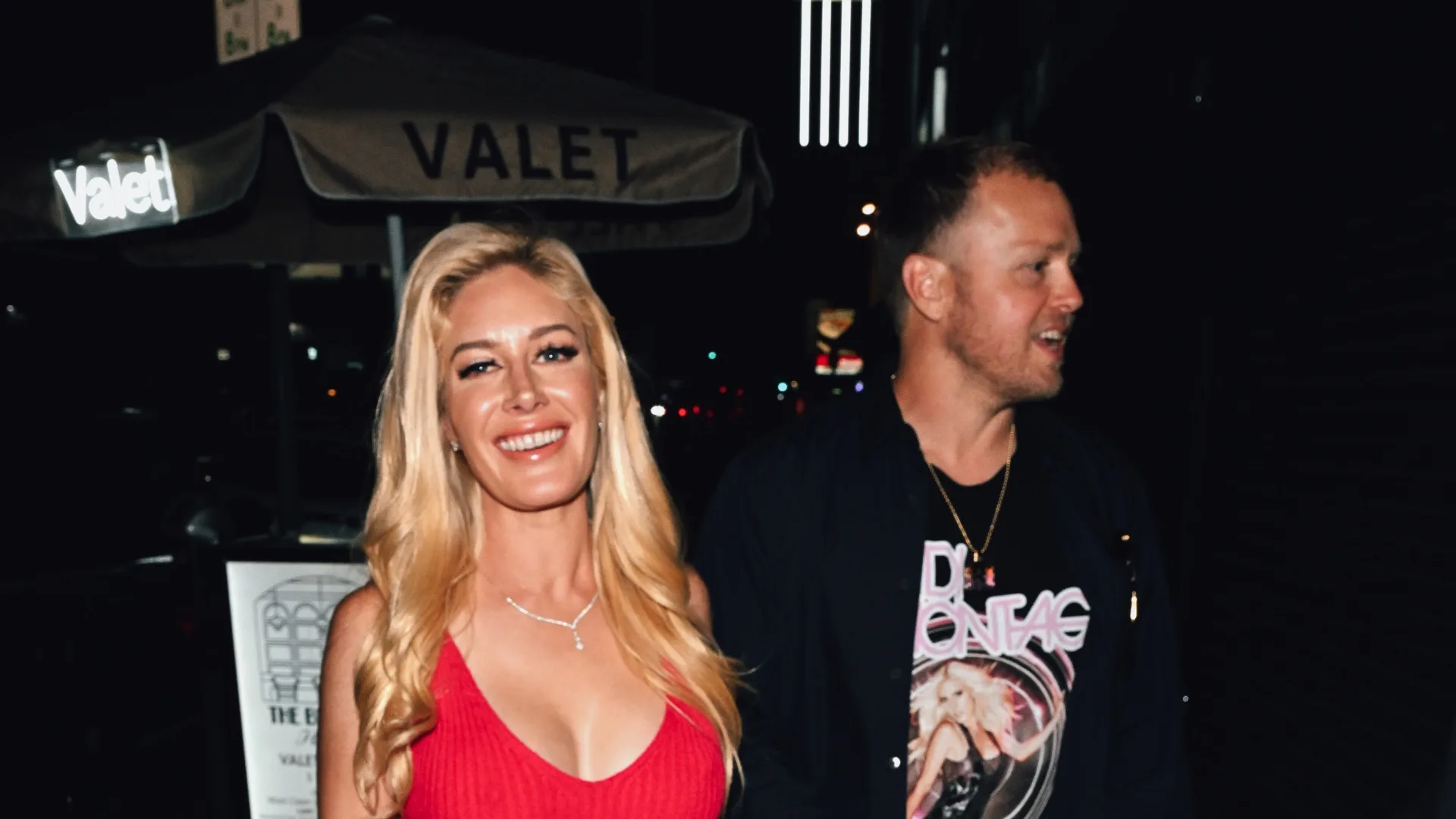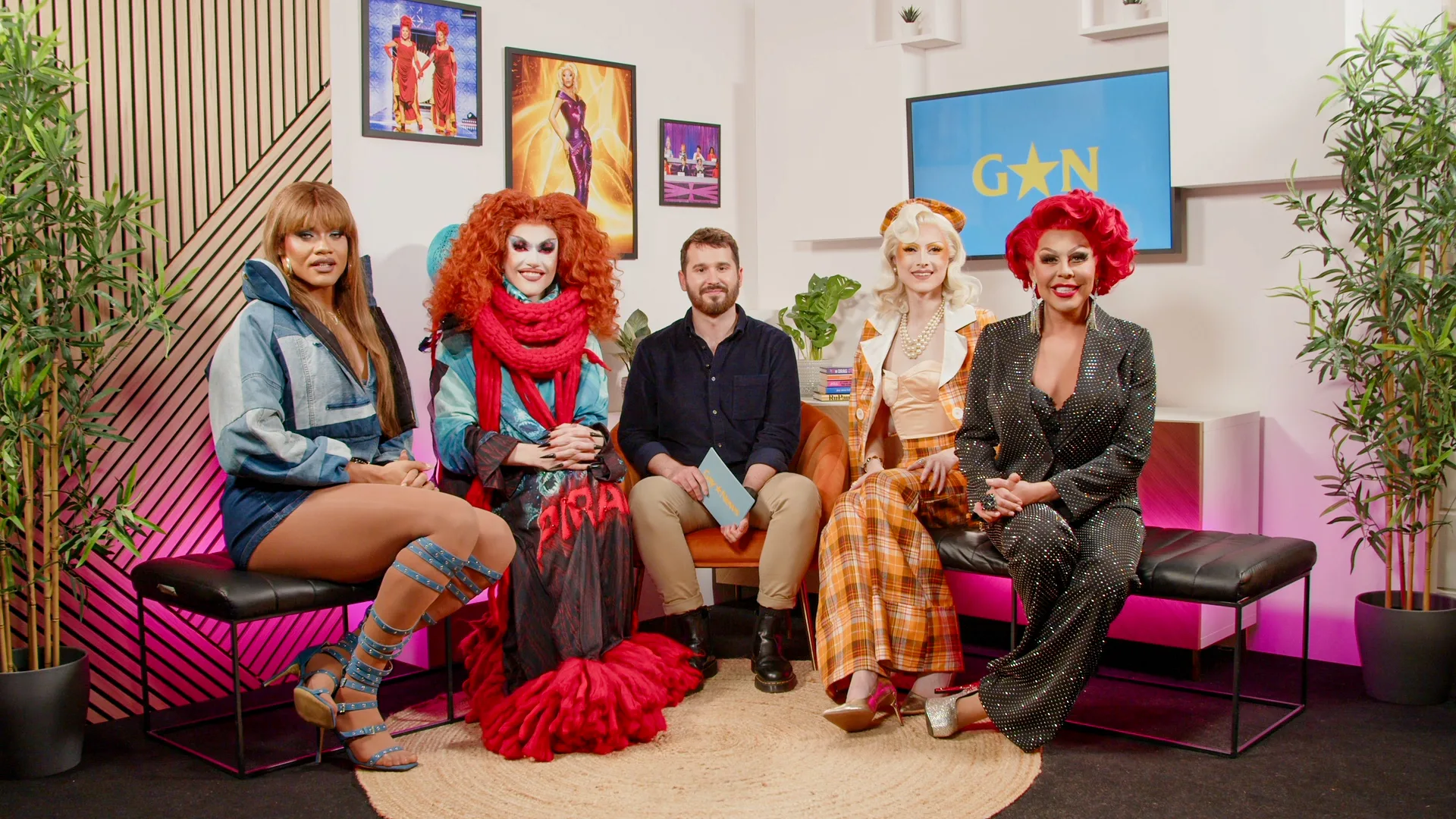Every year during Pride month, a particular discourse crops up on social media: whether Bisexual women should bring their straight boyfriends to Pride. Interestingly, you never really get this conversation about the same situation in reverse, probably because misogyny means we often place the burden of responsibility on women, and Queerness in women is doubted anyway. It feels like the question people really want to ask is why are there all these straight women at Pride. Blegh! Yawn!
Personally speaking, as one of those Bisexual women with a straight boyfriend, my partner will not be coming with me to Pride. But not because he’s not a supportive ally who wants to celebrate me, or because I don’t think he should. He’s not coming because he really hates large crowds and hangovers. If you’ve ever lost all your friends and phone signal in Soho on Pride day, you’ll see why this is unideal. I, on the other hand, enjoy outfits that are bad for my ph level and drinking canned cocktails on the curb, desperate for a wee. I love it.
So let’s start by stating the obvious: yes, they can come, and the argument that they shouldn’t is based in biphobia. Bisexual and Pansexual people are attracted to people of multiple genders, so it follows that their partners could be cisgendered people of another gender. Pride is a protest highlighting LGBTQIA+ people’s right to a safe and peaceful existence, and a celebration of their identity. Obviously, people want to hang out with their partners on a day like Pride.
There’s also the point that, you know, not everyone is out yet and being in a safe, Queer environment can precipitate understanding things about yourself that you maybe weren’t sure about. AND not everyone that looks straight and cisgender is. Someone’s “straight boyfriend” you have a problem with might actually be a Trans man, for example.
So put all the above together and the answer is clear: James/John/Dan/Kev can come, and you can make out if the moment strikes.
But that’s not to say there isn’t some etiquette that they, and all allies at Pride, need to be aware of. If you’re bringing your straight cis boyfriend or girlfriend to Pride, make sure they understand the following points. This is mostly directed at straight men because, frankly, they have the worst track record of forcing themselves into environments that weren’t intended for them, without any self-awareness, making people feel uncomfortable. But obviously all the points stand for straight women too.
1. It’s not all about you
I know it’s shocking to believe, but this day is not about you. You are a supporting character in this story. Let your Bisexual girlfriend lean into her Queerness and sparkle and shimmer and take the limelight while you queue up in co-op to get her some water and a meal deal.
2. This is not a threesome cruising destination
Look, I know Pride is a day when lots of Bisexual women are all in close proximity, and you’ve been talking about having a threesome for ages, and things got a bit weird when you tried to do it through Feeld, and everyone keeps complaining about straight men on Queer dating apps. But – if you start aggressively sexualising Queer women and assuming they want to have sex with you, a straight man, on their special day, you will piss a lot of people off. This advice also applies to the Bisexual girlfriends. Just because it’s Pride and you’re feeling a little dreamy about how beautiful women are, don’t assume that the girl flirting with you at the bar wants to f**k your boyfriend too.
3. Don’t freak out if a guy hits on you (or brag about it all night)
I don’t know how to tell you this, man: if you come out to the Gay club on Pride night, a Gay guy might hit on you. And that’s ok. There’s probably a low risk of this as heterosexuality has a distinctive eau du parfum, and the Gays are likely to sniff you a mile off. However, you might have sung along to Cher a little too enthusiastically and thrown the gaydar. Either way, remember you’re in their space, and Gay clubs were started so that men could meet other men to get off with. Just politely tell them you’re straight, but wish them a Happy Pride and good luck in their endeavours.
4. Ask for people’s pronouns, then respect them
If you make a new friend at Pride, don’t assume their pronouns. You could be making a very bold and incorrect assumption about their gender identity on a day when they want to feel secure about the way they express themselves. Instead, you should just ask.
The right wing press would have you believe that this is a massive ballache, and scary. What that is, is a transphobic agenda. Really, asking for someone’s pronouns goes like this: “What are your pronouns Charlie? I’m he/him.” “Cool, I’m they/them, thanks for asking.” And if you accidentally use the wrong one, try this. “Charlie said he’s going to the toilet. Sorry, they’ve gone to the toilet.”
5. Be aware of the trauma some people at Pride might have around you
Fundamentally, the LGBTQIA+ attendees of Pride owe you nothing beyond general human courtesy. They don’t need to adapt their behaviour to your sensibilities. However, you do owe them as the guest in their space. Some Queer people at Pride might have had bad experiences with straight people undermining their identity, enforcing conformity, committing abuse or sexual violence, schoolyard bullying, etc. If it takes them a while to feel comfortable around you, don’t take it personally. Just be kind and refer to point one.
Follow the author on Instagram here.

